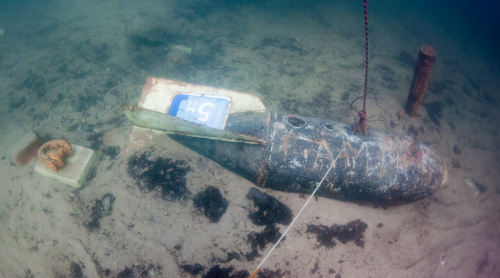From the Center for Security Policy –
On September 27, two explosions severely damaged Russia’s Nord Stream 1 and Nord Stream 2 pipelines near the Danish island of Bornholm, setting off wild speculation about possible sabotage.
Another two breaks in the pipeline, a tad to the north in Sweden’s Air Defense Identification Zone (ADIZ), were later identified but no explosions were reported. According to news sources citing Danish officials, each explosion was equivalent to 500 kilograms of TNT, the size of very large anti-shipping mines.
Not only the US Navy (together with its NATO allies) but also the Russian Navy conduct naval exercises in the Baltic Sea and many believe either the Russians or Americans are clandestinely responsible for the two blasts. Predictably enough, the two sides have blamed each other in loud and emphatic terms – without corroborating or credible evidence.
Unmentioned amid the incendiary speculation is the explosive condition of the Baltic seabed, which is loaded with dumped artillery shells, chemical weapons including Tabun nerve gas and mines. Under an agreement reached at the Potsdam Conference in 1945, Britain and the Soviet Union dumped approximately 69,000 tons of Germany’s chemical weapons stockpile into the Baltic Sea in 1947-48.
MORE HERE










